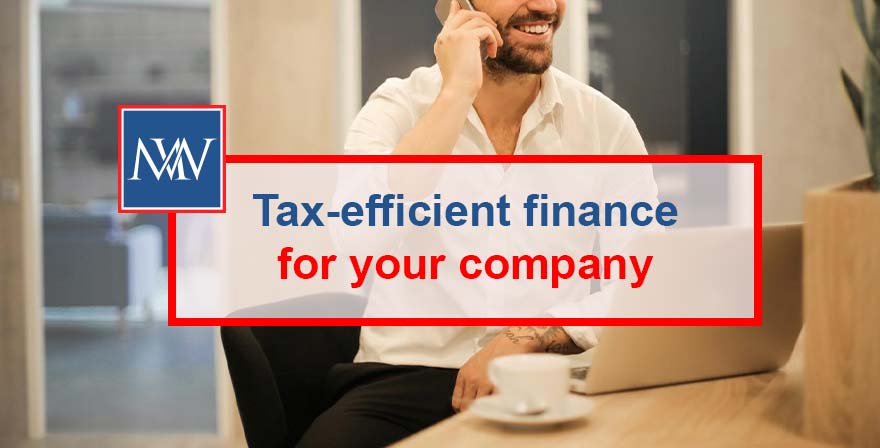HMRC has recently updated the advice they give to businesses that want to get investors to buy shares in their business. If the business is set up right and meets the requirements of the Enterprise Investment Scheme (EIS) or the Seed EIS, investors may be able to take advantage of a number of tax breaks.
Under the EIS, the company can raise up to £5 million each year and up to £12 million over the life of the company. This also includes money from other types of venture capital. The company must get money from a venture capital plan within 7 years of making its first sale to the public.
It’s important to know how big the company is that issuing the bonds, because the company and any qualifying subsidiaries must:
- not have more than £15 million in gross assets before giving out shares, and not more than £16 million right after.
- have less than 250 people working full time equivalents at the time the shares are given out.
The “risk to capital” condition must be met, which means:
- The money must be used to grow and improve the business.
- The investment must put the investors’ money at risk.
“Growth and development” means that the company will use the investment to grow things like its revenue, customer base, or number of employees.
There are a number of other complicated rules that investors must follow in order to get and keep EIS tax reliefs on their shares. If the investors and the company don’t follow the rules for at least 3 years after the investment, tax breaks will be taken away from them.
Before the shares are given out, it is a good idea to ask HMRC for Advance Assurance that the company is a “EIS qualifying company.”
For more information, see: Get money for your business through the Enterprise Investment Scheme (EIS).
Seed EIS (SEIS) is a tax break for people who buy new shares in a company. Like EIS, it is meant to encourage people to invest in small start-up businesses. When the SEIS shares are given out, the company can’t have been in business for more than 2 years.
Seed EIS relief only applies to the first £150,000 that the company raises in share capital. This can, however, be part of a larger share issue, and subsequent share issues can qualify for EIS relief up to an annual limit of £5 million.
Like with EIS, investors will lose their tax breaks if they don’t follow the rules for at least 3 years after making an investment.
At the time that the shares are given out, the company must be an unquoted company that is doing or getting ready to do a qualifying trade.
Seed EIS has another important requirement: the company and any of its subsidiaries must:
- not have more than £200,000 in assets when the shares are given out.
- not be a partner in a business.
- when the shares are given out, have less than 25 full-time equivalent employees.
Like EIS, it is best to get Advance Assurance from HMRC that the company is a qualifying company before the shares are given out. For more information, see: Get money for your business through the Seed Enterprise Investment Scheme.

